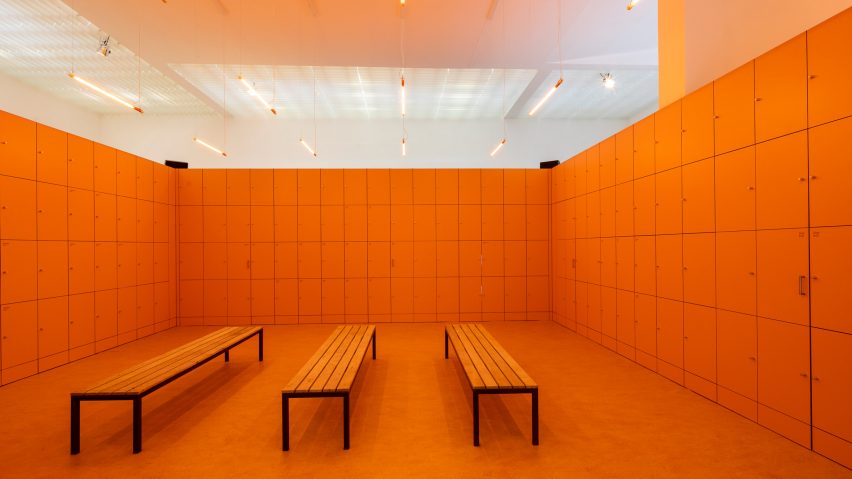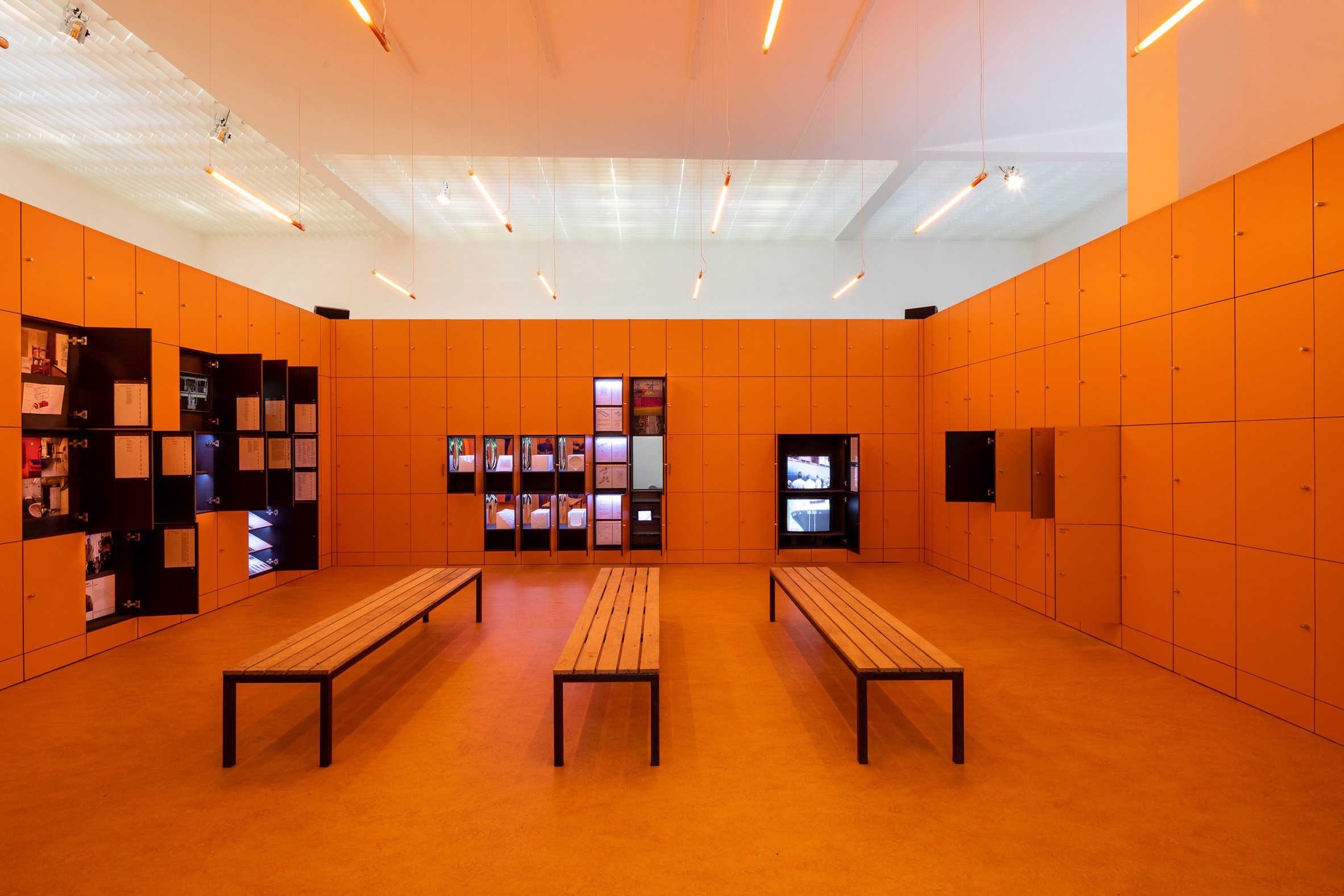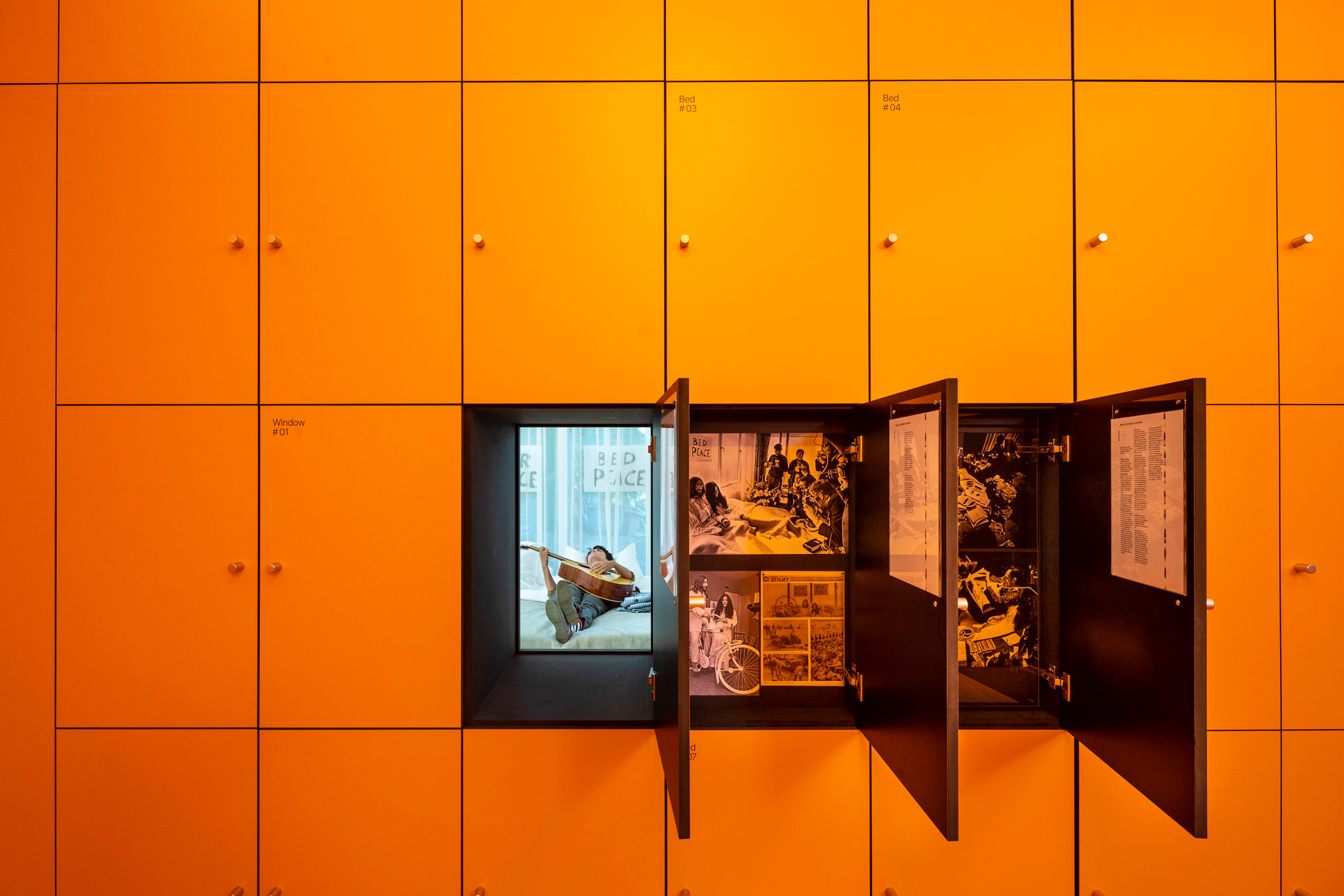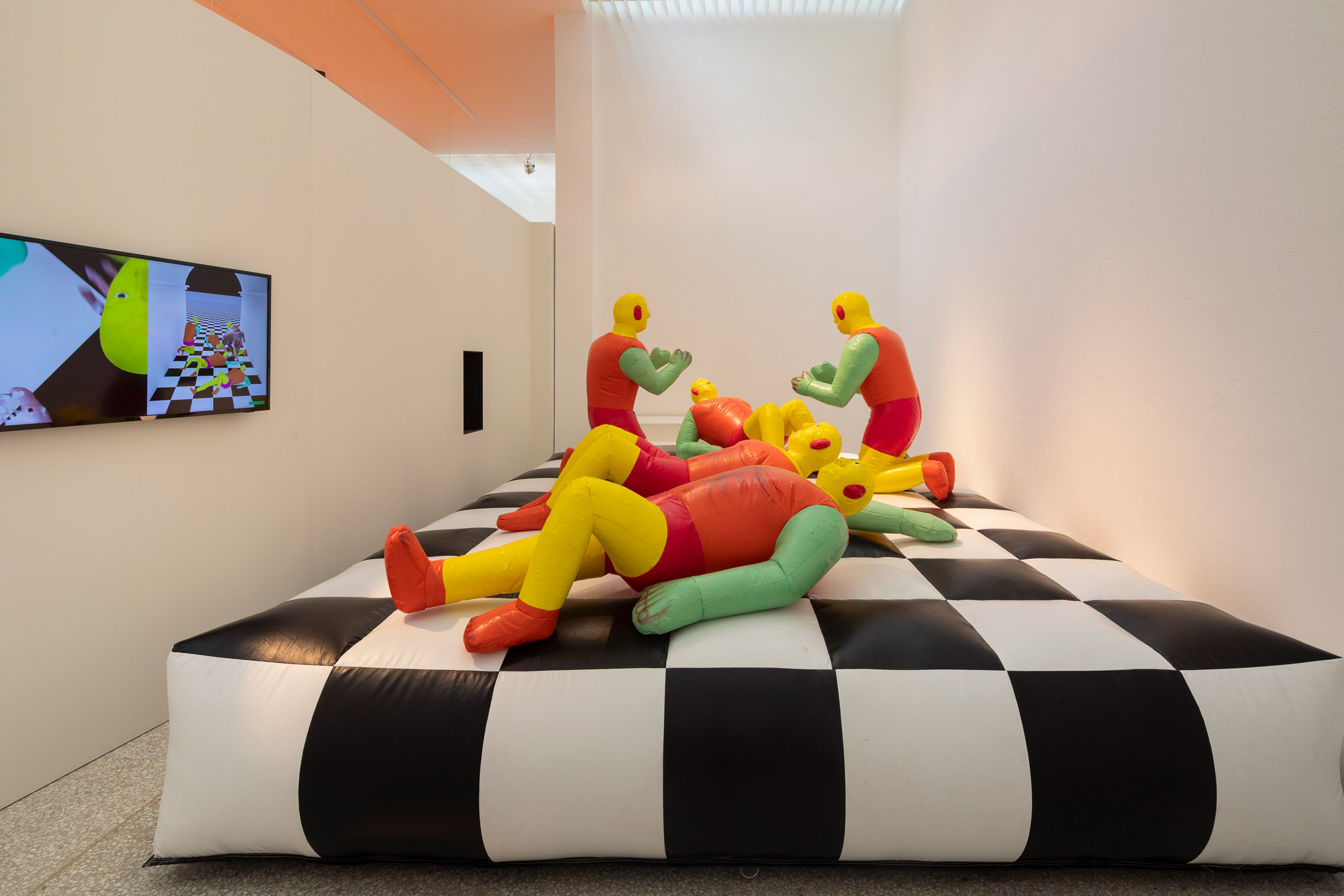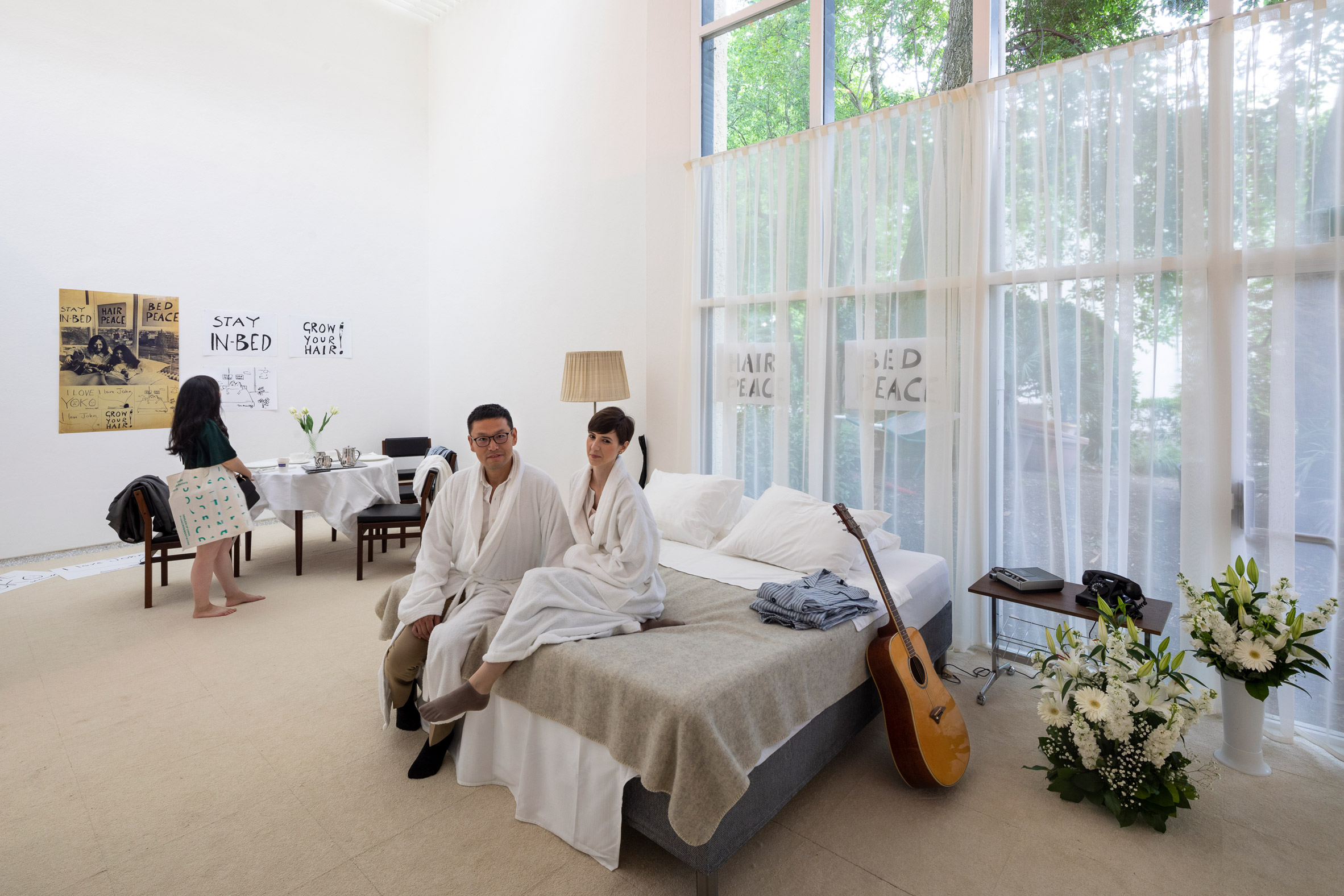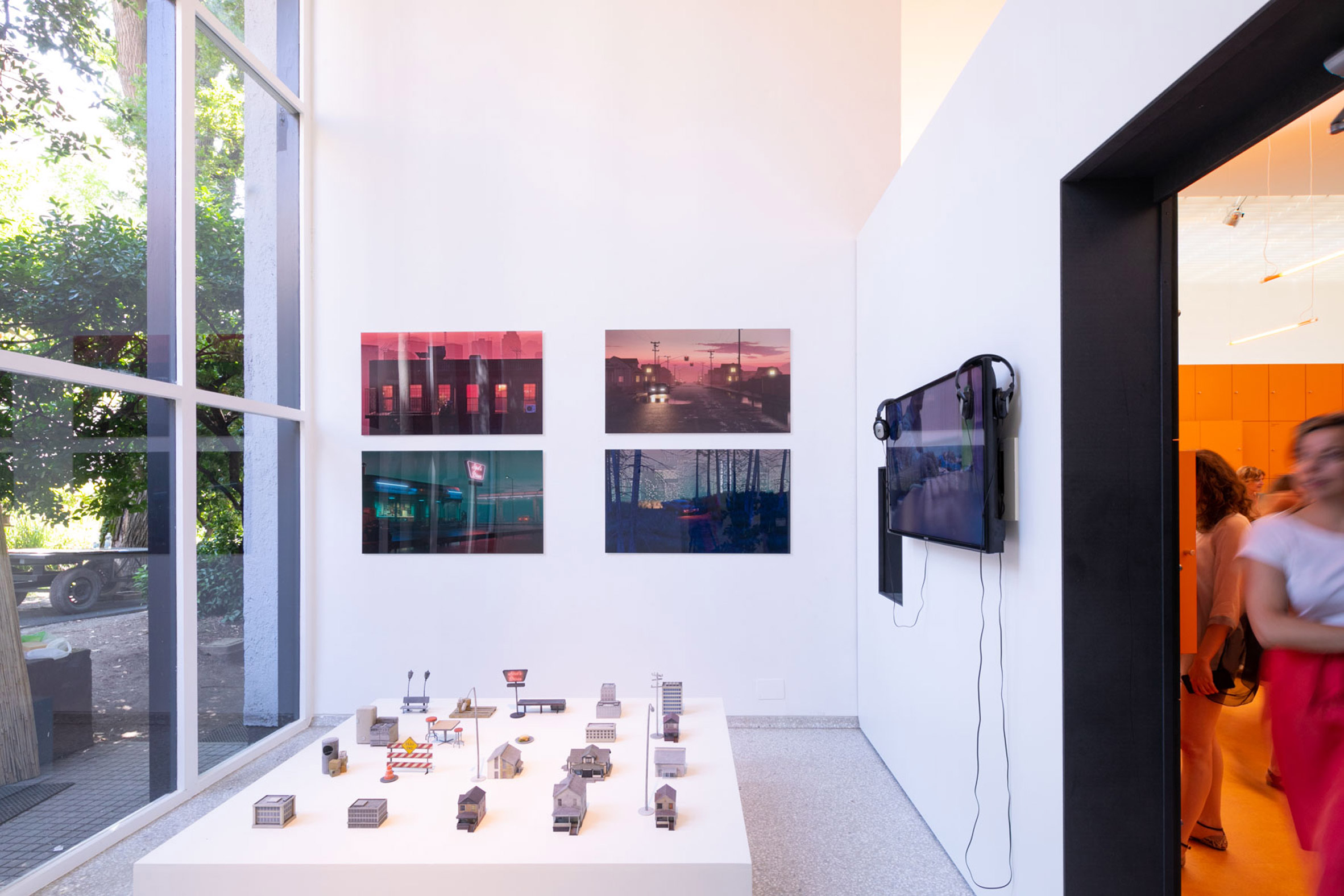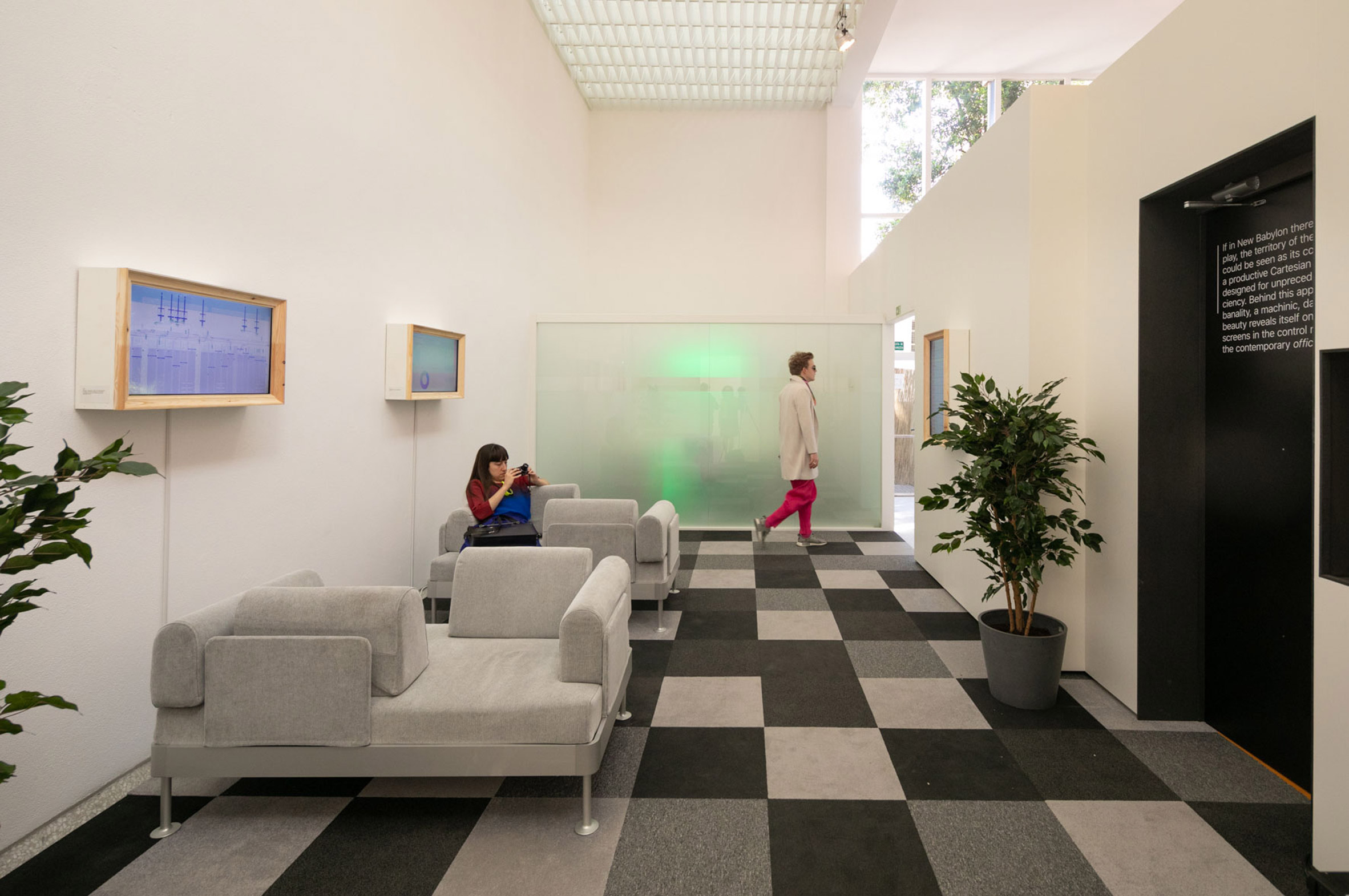Where can you find affordable 3D renderings? .Search Magpies Design 3D. www.magpiesdesign3d.com
December 12, 2018
The Dutch Pavilion invites you to explore a wardrobe similar to Narnia
The orange lockers open to reveal secret rooms, windows, videos and images inside the Pavilion of the Venice Biennial of the Netherlands, in an exhibition that explores the future of physical work.
Called Work, Body, Leisure, the exhibition in the Dutch Pavilion seems to comprise a single room lined on all sides by lockers.
But as visitors open the doors, they discover a variety of projects presented in different media, from simple photographs to installations that fill complete rooms.
The projects were selected by curator Marina Otero Verzier, director of research at Het Nieuwe Instituut, to show how humanity will be transformed into a time when robots can take on many jobs traditionally carried out by humans.
"We are fascinated by these transformations of manpower in the future, and also by the transformations of the architecture and the bodies that live in that architecture," explained Otero Verzier, who also appears in Dezeen's new documentary on drones, Elevation.
"The pavilion traces a journey through these different spaces: on the one hand, they seem familiar and even banal, however, we believe they are the central spaces to consider when we think about the future of work and what our cities could be" , He said. Dezeen
Otero Verzier chose to create a wardrobe, since these spaces, which are found in most factories, offices and gyms, are places where the bodies of people are changed, ready for physical activity.
They are orange, since this is the tone that is often used to symbolize the Netherlands.
"The closet is the interface between this moment and these other different architectures," said Otero Verzier. "It is a space that is completely organized and compartmentalized, you have an egalitarian society, but in a certain sense it is very limited."
The projects contained within the lockers cover a wide range of architectural typologies, which include offices, playgrounds, farms and factories, windows, beds, doors and virtual spaces. Some open in groups, creating enough space for the doors that lead to the hidden rooms beyond.
In one of these hidden spaces, the inflatable humanoid shapes of the primary colors jump on an inflatable wooden board platform. The installation, by Simone C Niquille, analyzes how digital avatars are used to measure the safety of workers.
On the other hand, the Princeton University professor, Beatriz Colomina, created an installation called Bed-In, which recreates the "landmark" of John Lennon and the bed of Yoko Ono in room 902 of the Amsterdam Hilton Hotel. His goal was to show how the bed is now a place of work and sleep.
In another project, the dean of architecture at Columbia University Mark Wigley revisits New Babylon, a work of art by Constant Nieuwenhuys, to reflect on the violence of robotic work.
There is also a room full of models, organized by Liam Young, which analyzes how factory workers in India are sometimes behind the visions of future architecture launched by Western architecture studios.
According to Otero Verzier, it is particularly important that architecture commits itself to these problems at a "moment when architecture is being automated".
"What interests me is that most of the spaces we are analyzing," he said. "Most architects are not present in the design, so somehow it seems that technology is faster than architecture."
"So, if we want to remain a relevant profession in the transformation of cities and be an active agent in making those decisions, we must begin to be part of the conversations."
Also in this year's biennial, the Nordic Pavilion has been filled with inflatable bubbles that inflate and deflate in response to fluctuations in their environment, to symbolize how humans can create an architecture in symbiosis with the environment.
The Golden Lion to the best pavilion went to the Swiss Pavilion, which offers visitors an experience in the style of Alice in Wonderland, while venturing through a replica of a floor full of accessories and giant and small accessories.
Photograph by Daria Scagliola.
